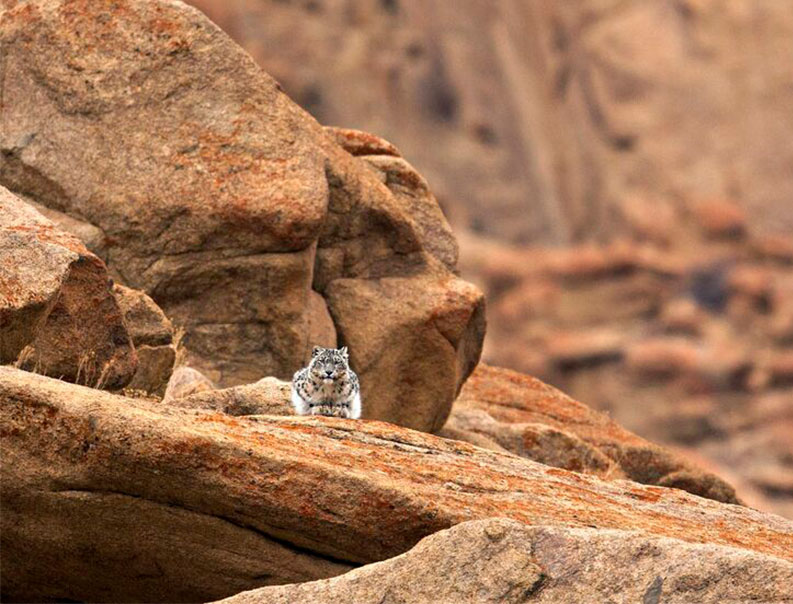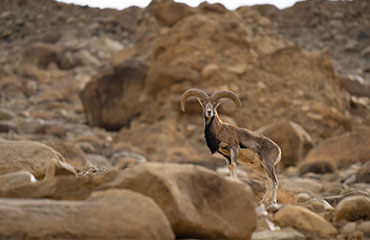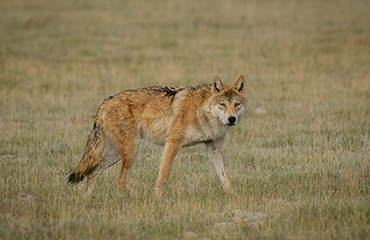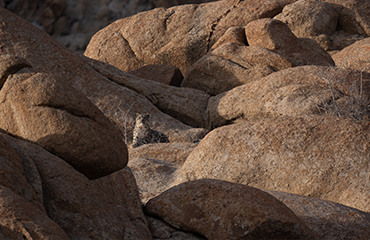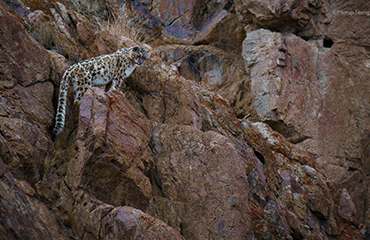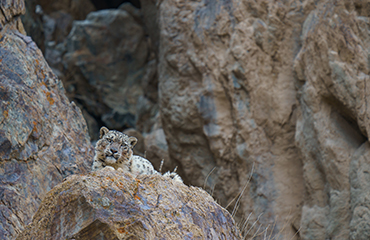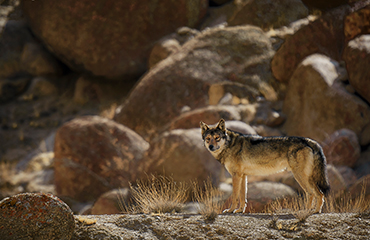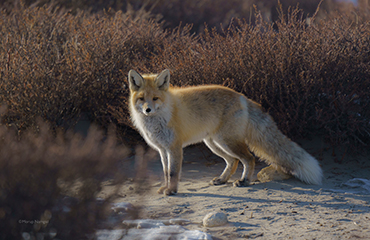Ladakh Signature Wildlife tours
Snow-leopard and Birding Expeditions
Highlights:
Luxury Hotel and Lodge
Snow leopard | Eurasian Ibex | Vulture | Fox | Wolf
Wildlife and Bird watching
Himalayan Village experiences
Travel Period: DEC – March ( All Departures Open )
Festival Collaboration dates
Ladakhi Losar and Christmas celebration Wed, 13 Dec, 2023 – Wed, 27 Dec, 2023
Spituk Gustor 9/10 January 2024
Stok Guru tsechu 19/20 feb 2024
Matho nagrang 22/23 feb 2024
Program Outline
Day 1
Arrival at Leh airport. Transfer to Hotel. Full day rest.
Overnight at Leh.
Visit to Shey Palace, Thiksey Monastery, Stok Palace, Sindhu Ghat and Shanti Stupa.
or Festivals visit if coming on festivals dates
Overnight at Leh.
Leh to Ule via Alchi monastery. Overnight at Ule / shang/ matho or similar valley
Day 4Trek / explore Ule and surrounding valleys. Overnight stay at Ule
Day 5Trek / explore Ule and surrounding valleys. Overnight stay at Ule / other place depending on the movement of SnowLeopard.
Day 6Trek / explore Ule and surrounding valleys. Overnight stay at Ule / other place depending on the movement of SnowLeopard.
Day 7Trek / explore Ule and surrounding valleys. Overnight stay at Ule / other place depending on the movement of SnowLeopard.
Day 8Trek / explore Ule and surrounding valleys. Overnight stay at Ule / other place depending on the movement of SnowLeopard.
Day 9Ule to Leh. Overnight stay at Leh.
Day 10Drop to airport
Expected group size: 6 to 10
Group Leader: 1
Send Enquiry
| Costs |
| Premium 2,25,000/- per person / 3000 USD pp Deluxe INR 180000/- 2400 USD PP |
| Costs Includes : |
| Accommodation on Half Board at Grand dragon ( Premier Heritage ) In Premium Segment Hotel Tsokar retreat & Bharath in Deluxe Category Stay at lodge In Ule | Mague | Rumbak |
| All sightseeing and transfers by Nac Innova | Aria or similar |
| Welcome drinks on arrival with Traditional scarf | Hotel Ladakhi Tea |
| Back up jeep ( Bolera camper ) for drop and pick for all gears and trekking gears |
| Spotters |
| Expedition guide |
| In House Naturalists |
| Guide |
| Environment fee |
| Wild life fee |
| Trained Drivers |
| Costs Excludes : |
| Sleeping bag |
| Personal gears (Photography equipments like spotting scope , camera , binoculars) |
| Jackets , Inners |
| Tips , personal drinks |
| Anything which is not mentioned in inclusion |
| Insurances if any... |
| GST |
| Note: All gears are available at per day rent basis. |

